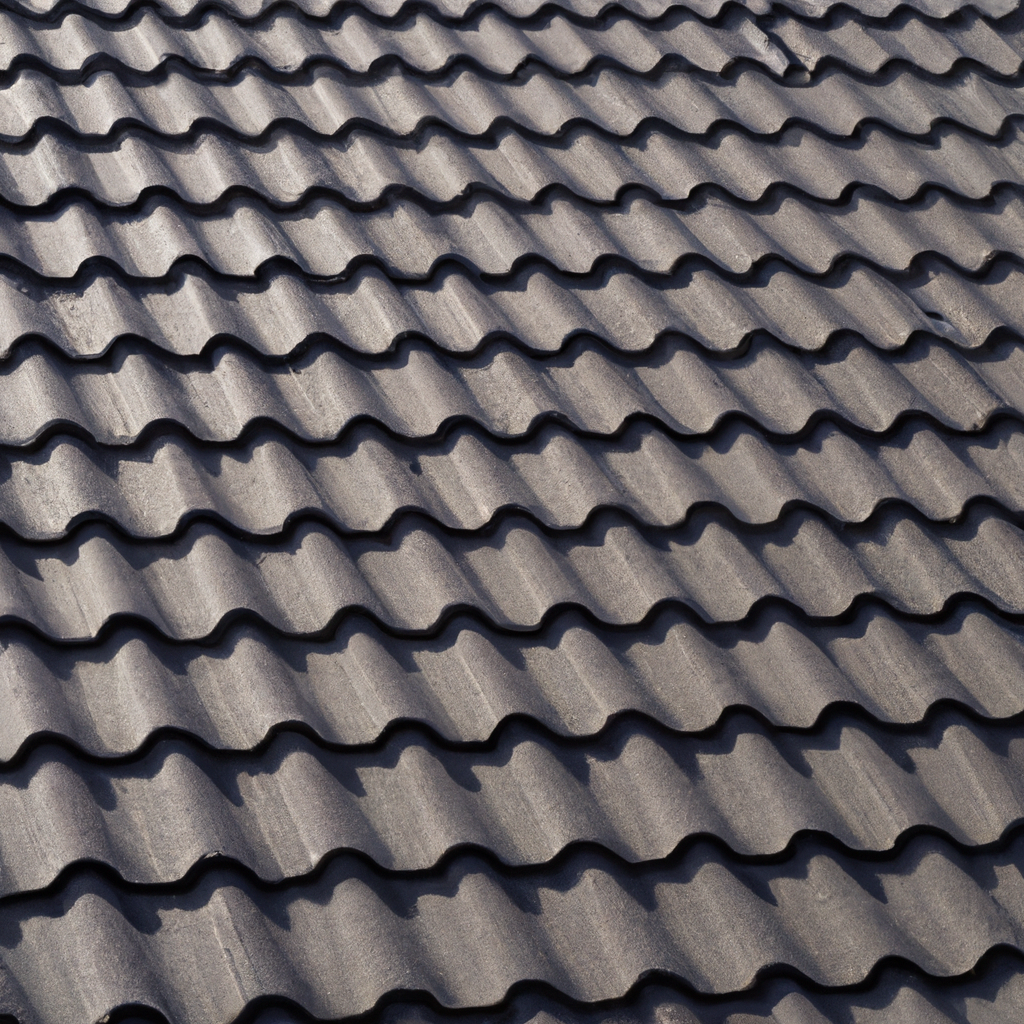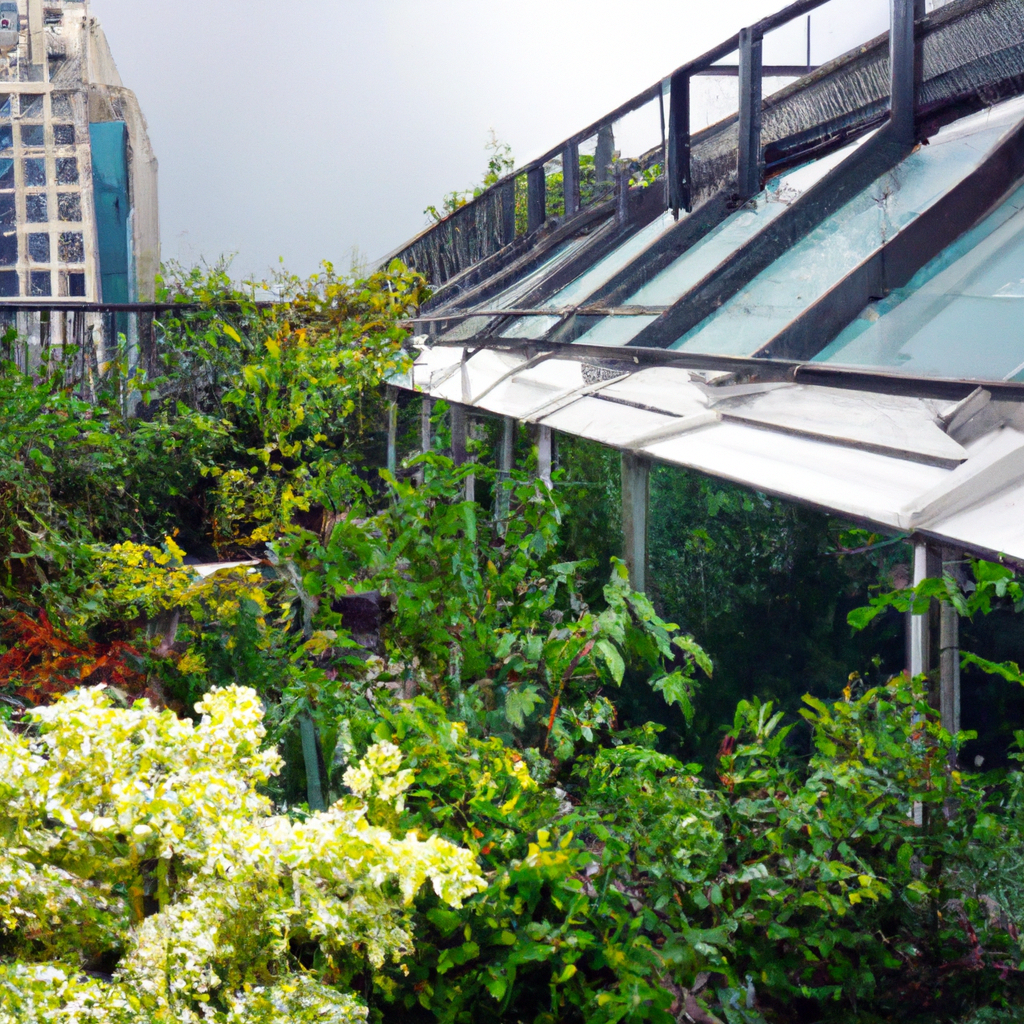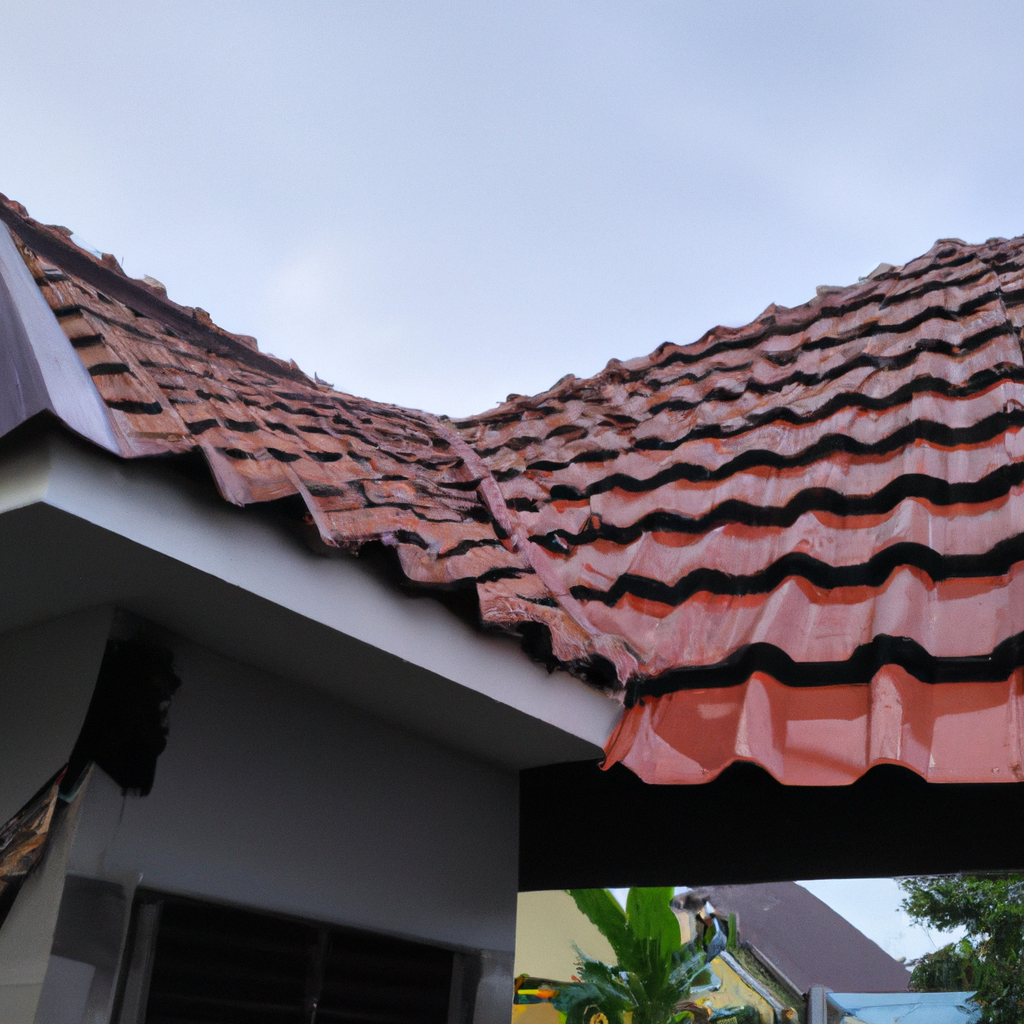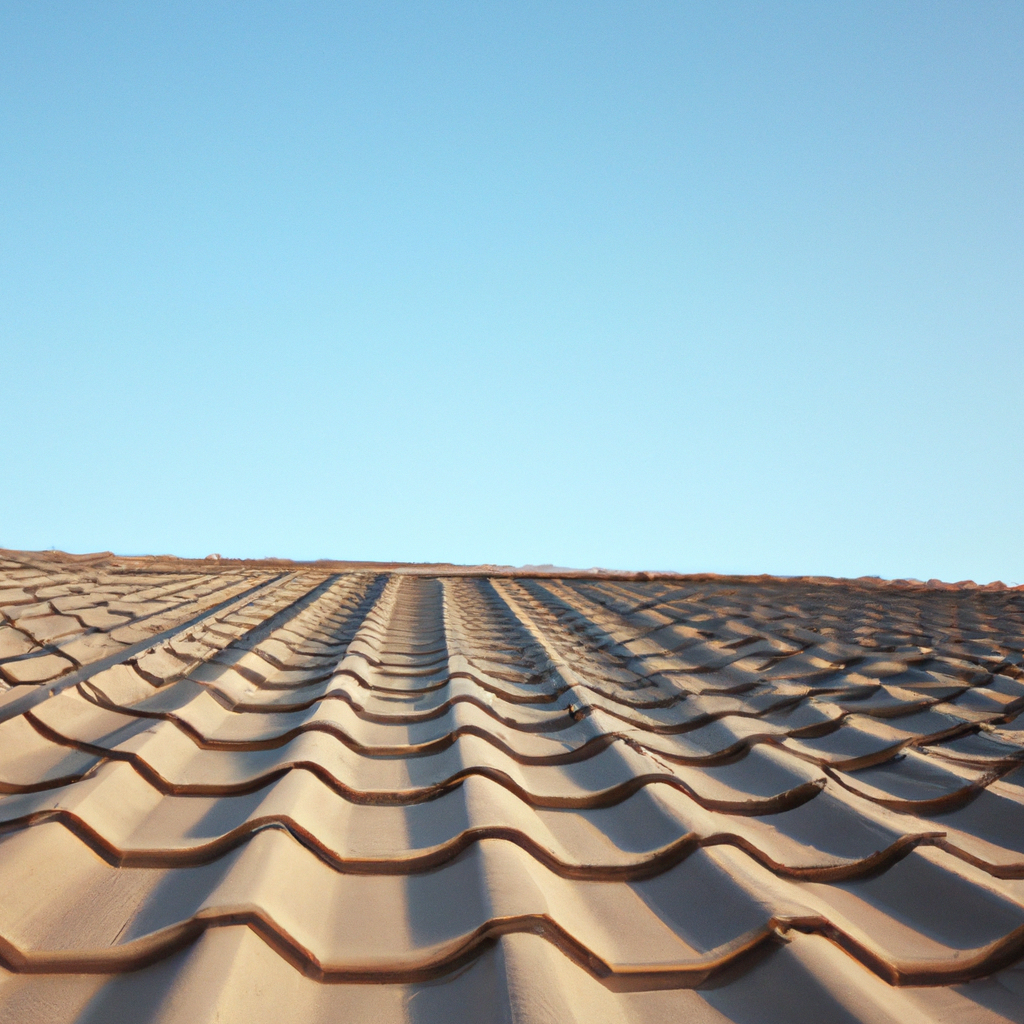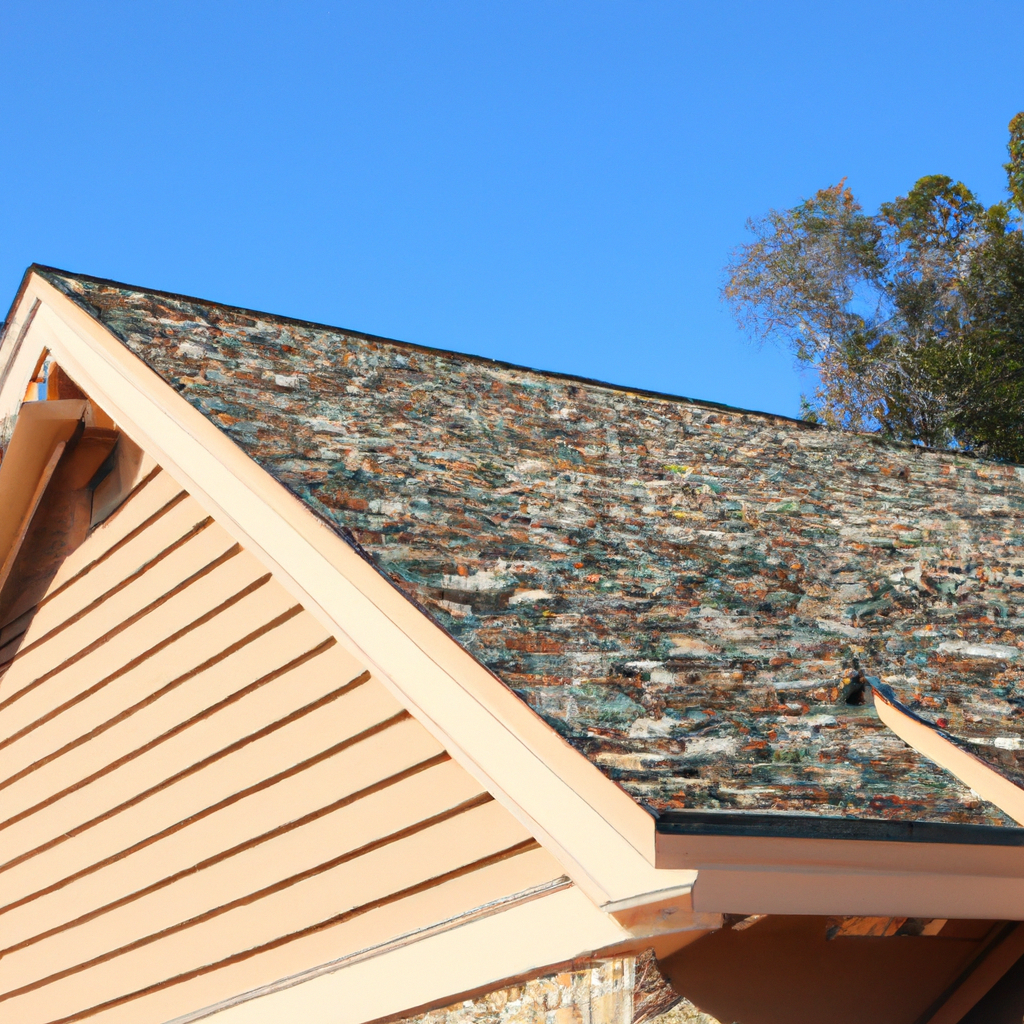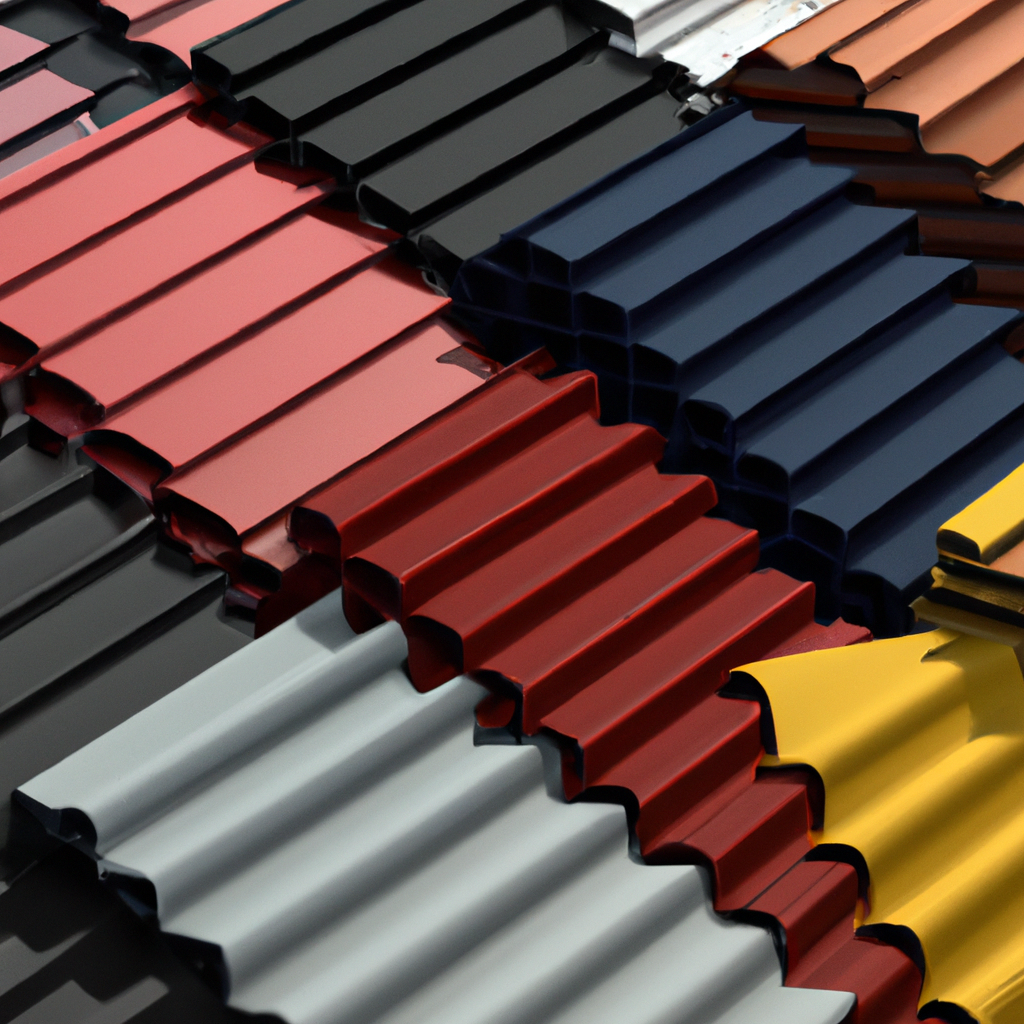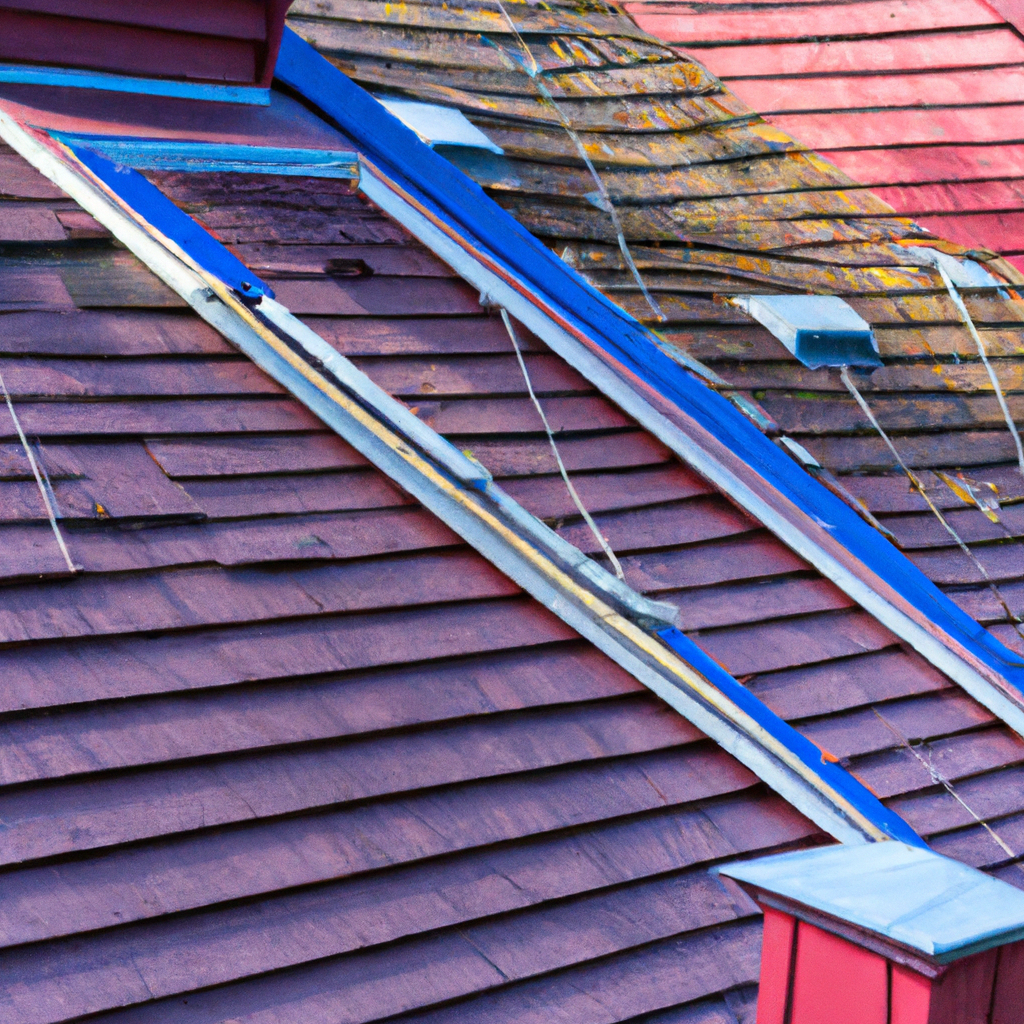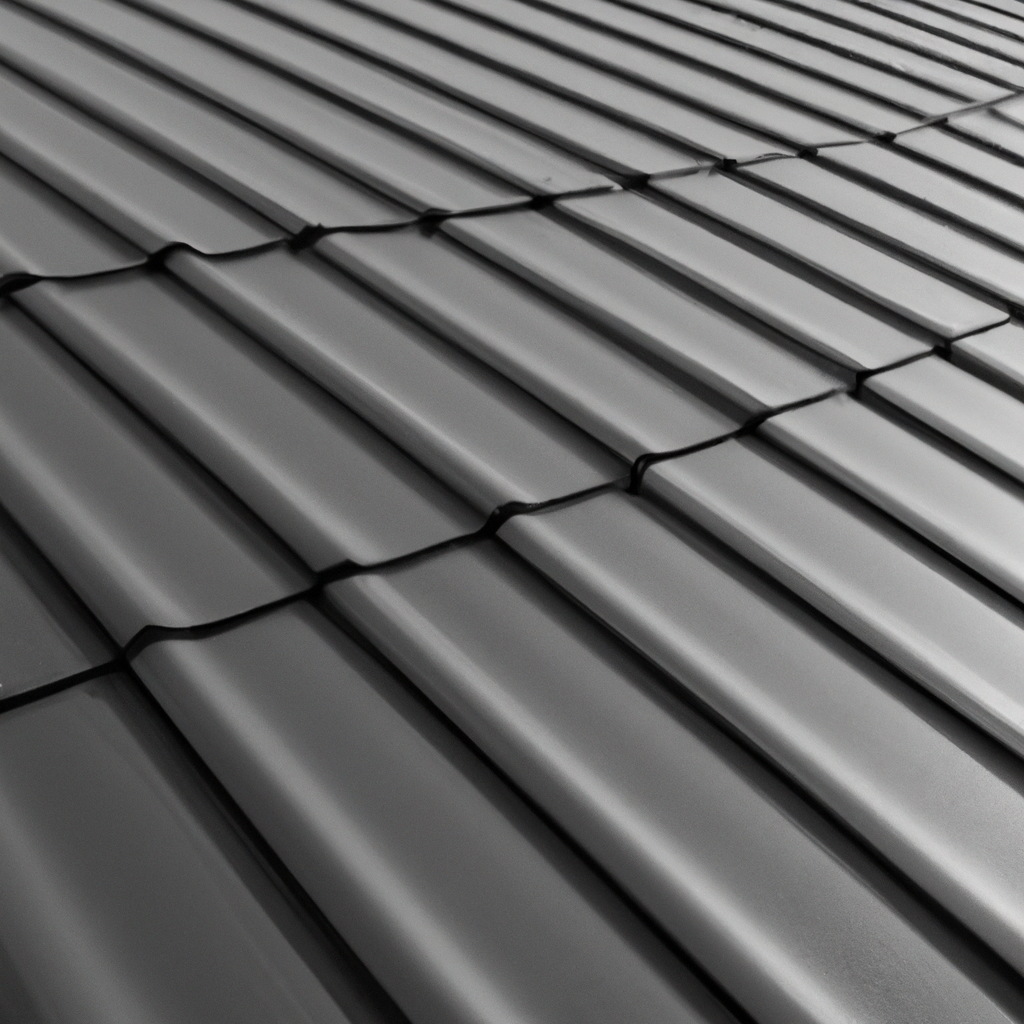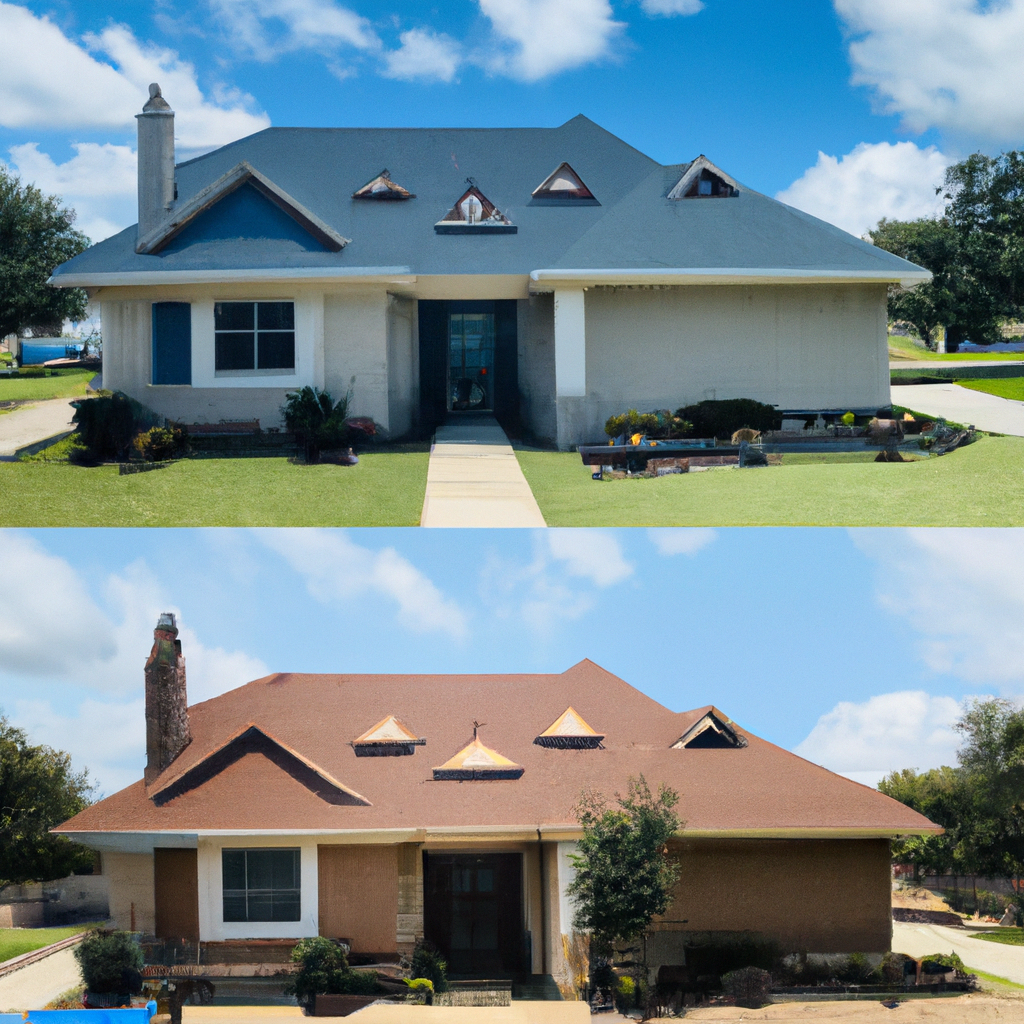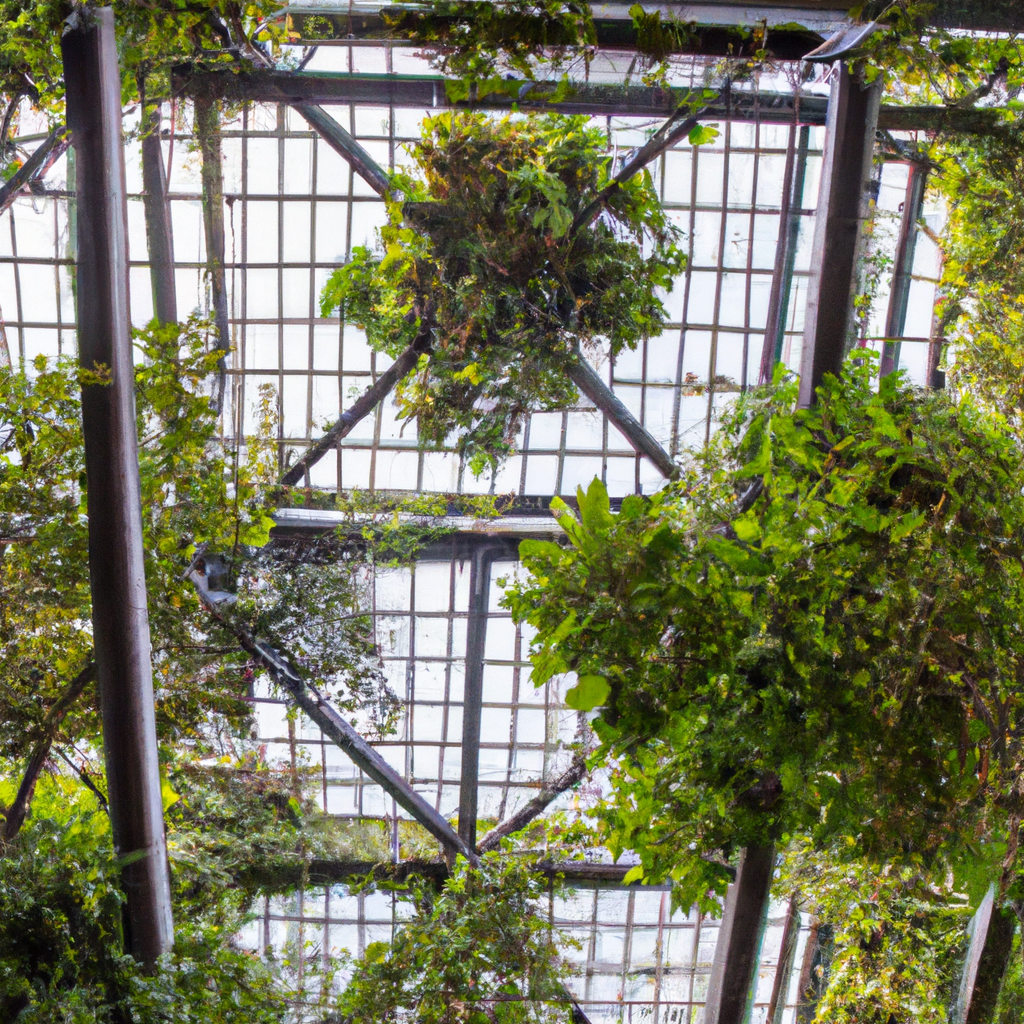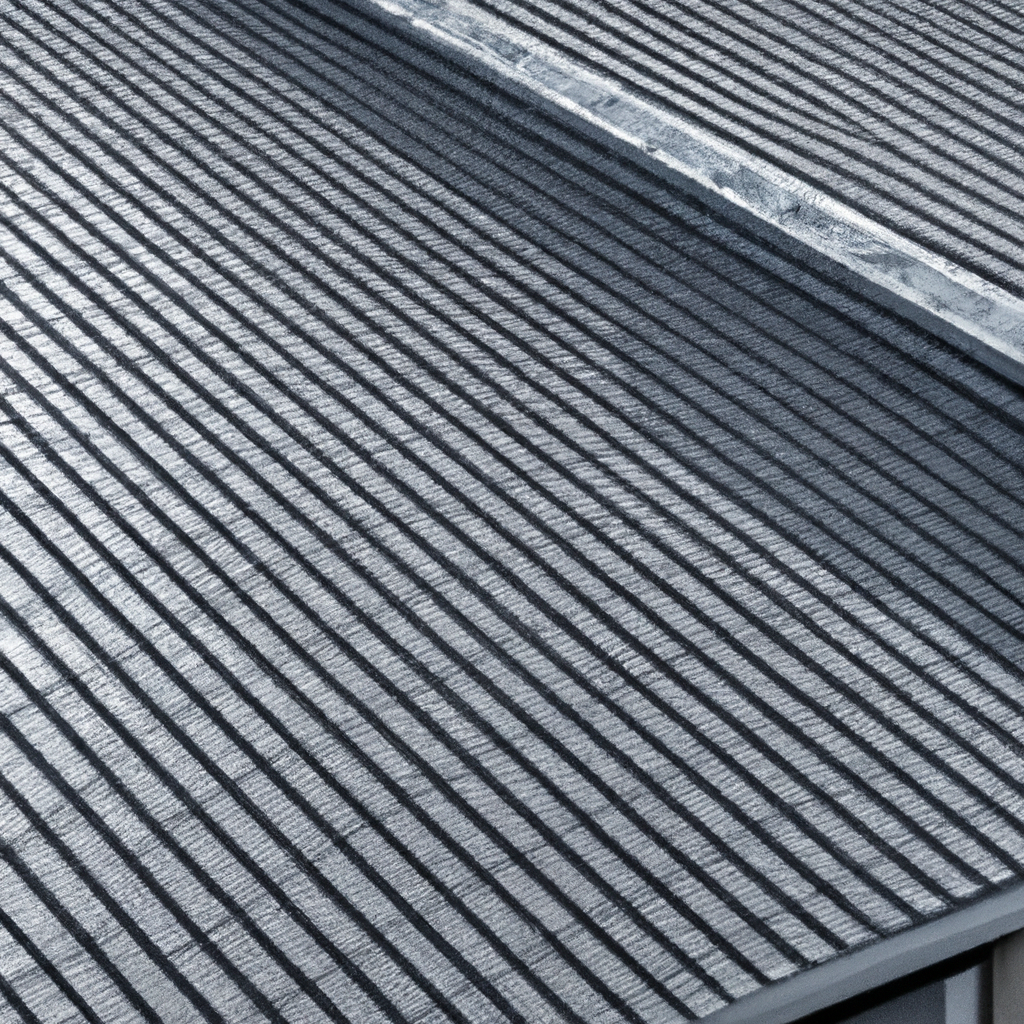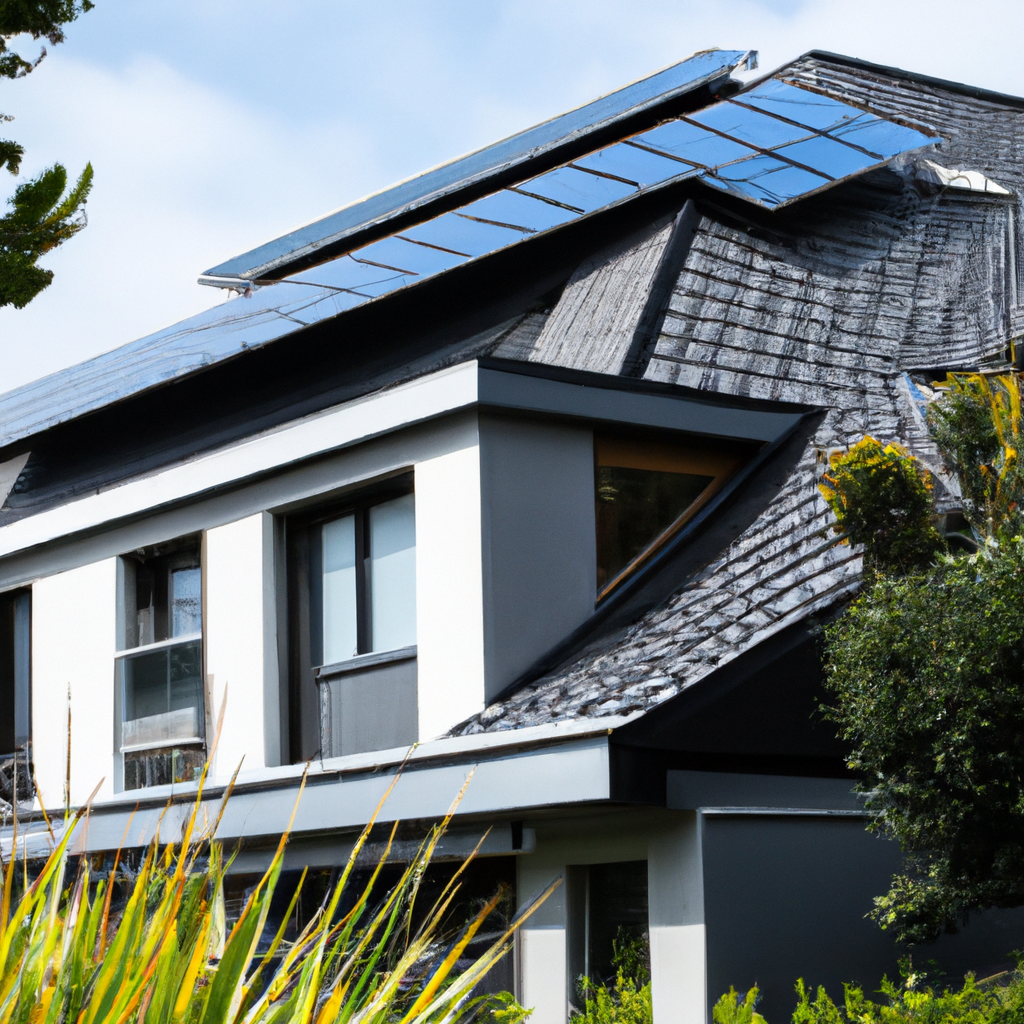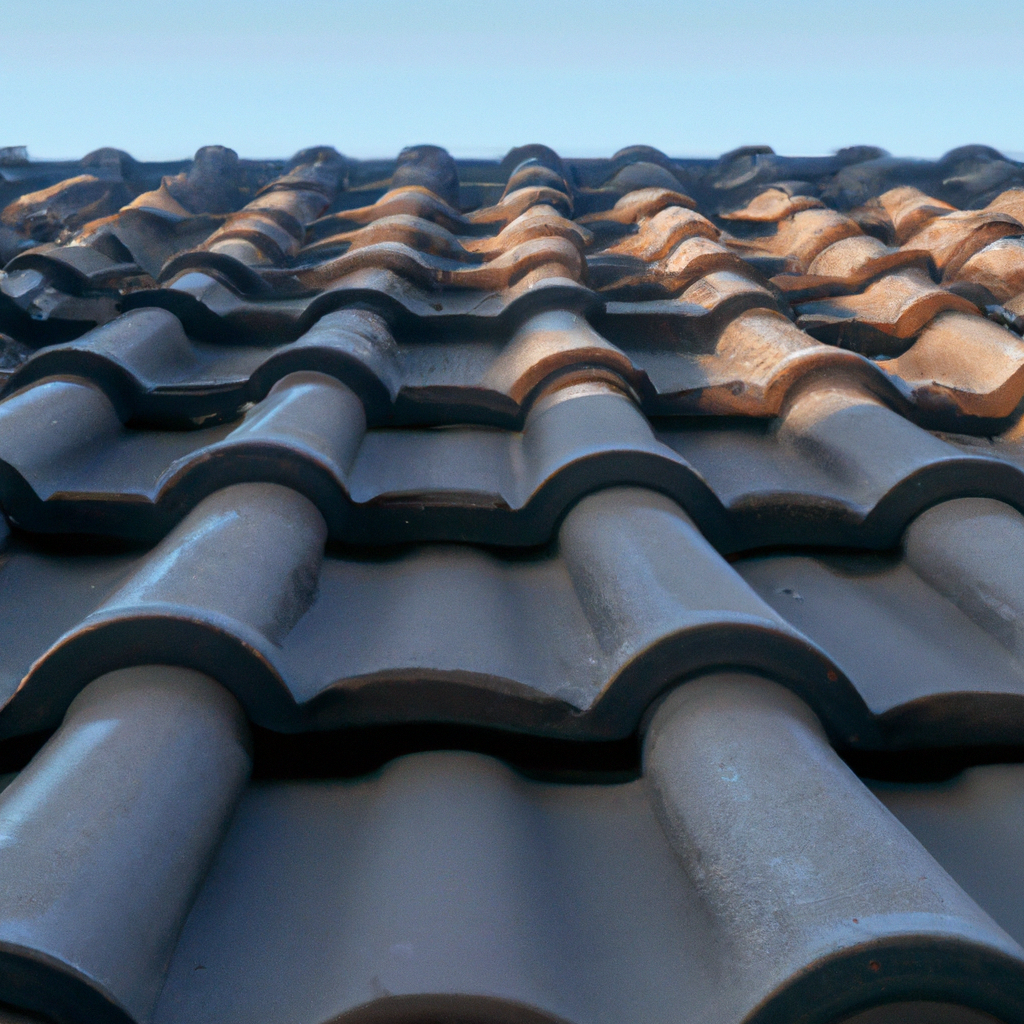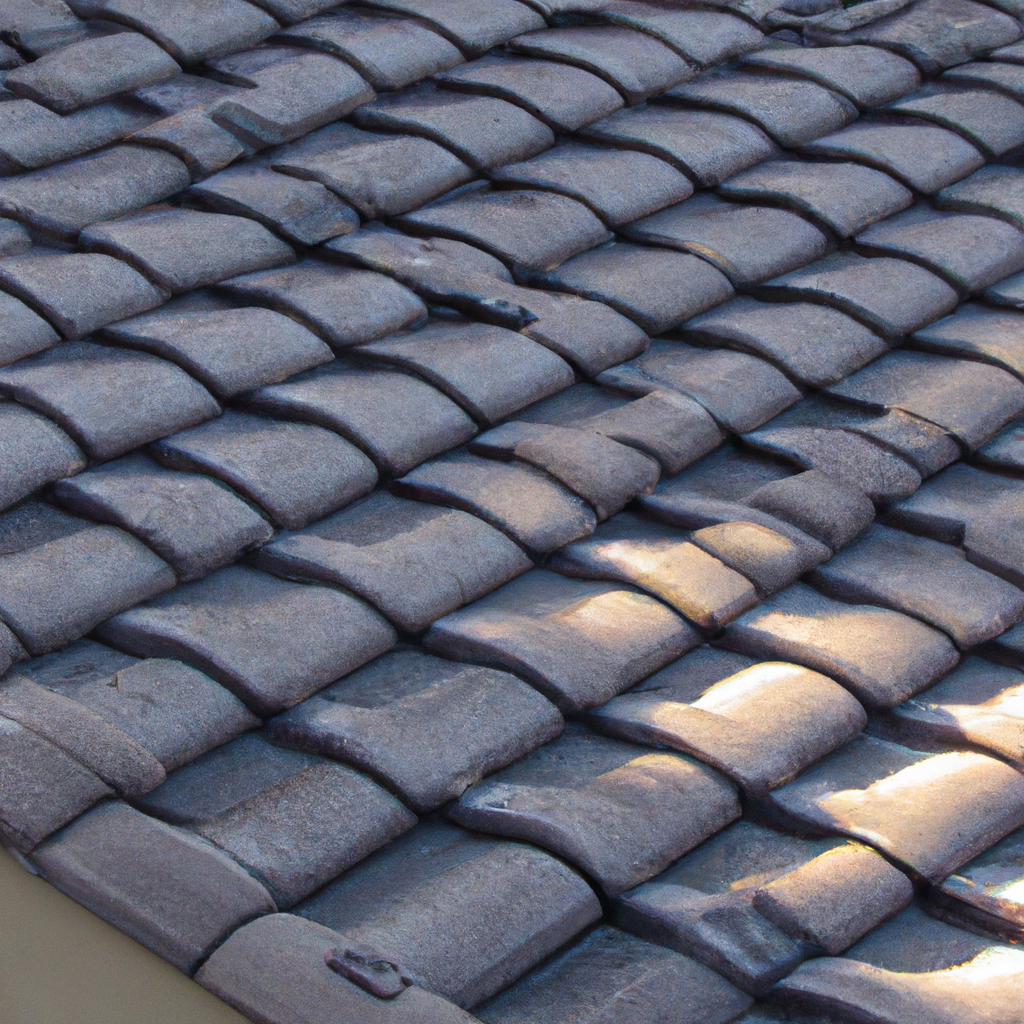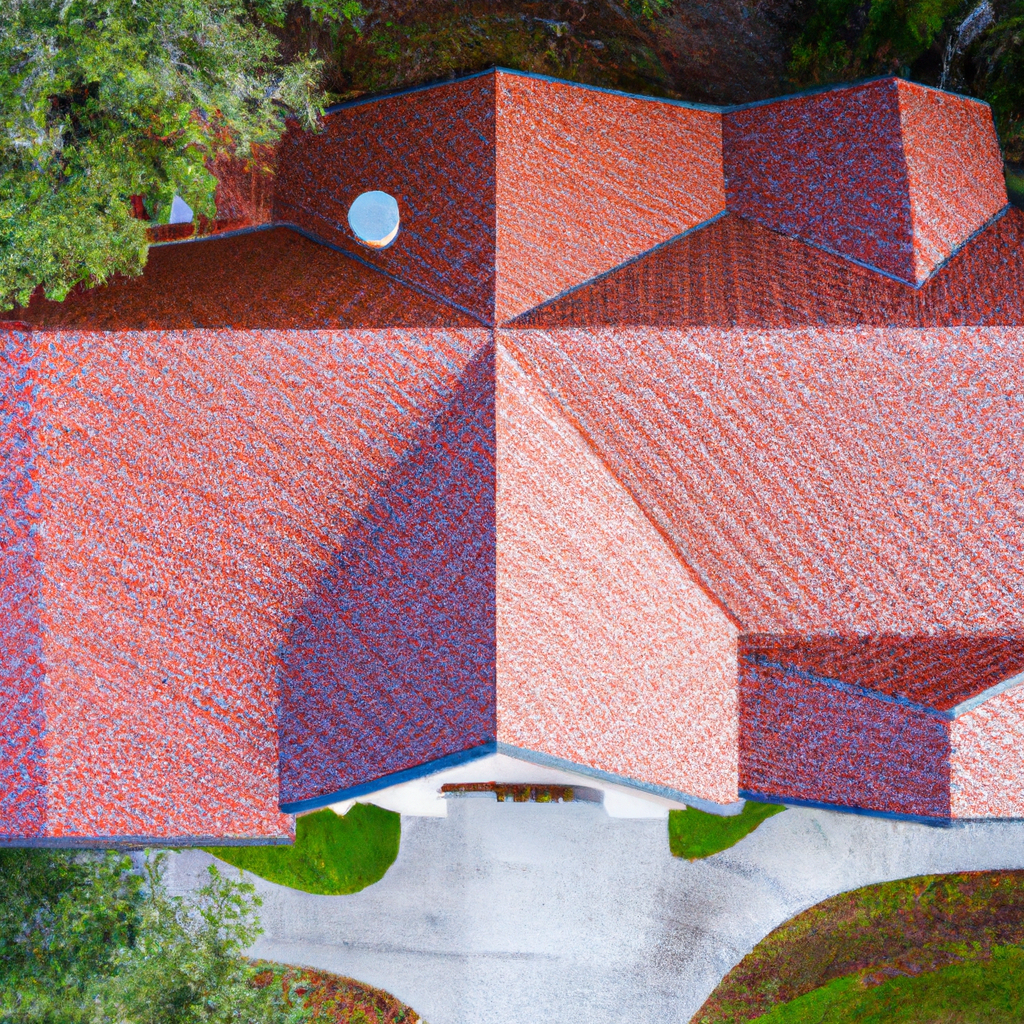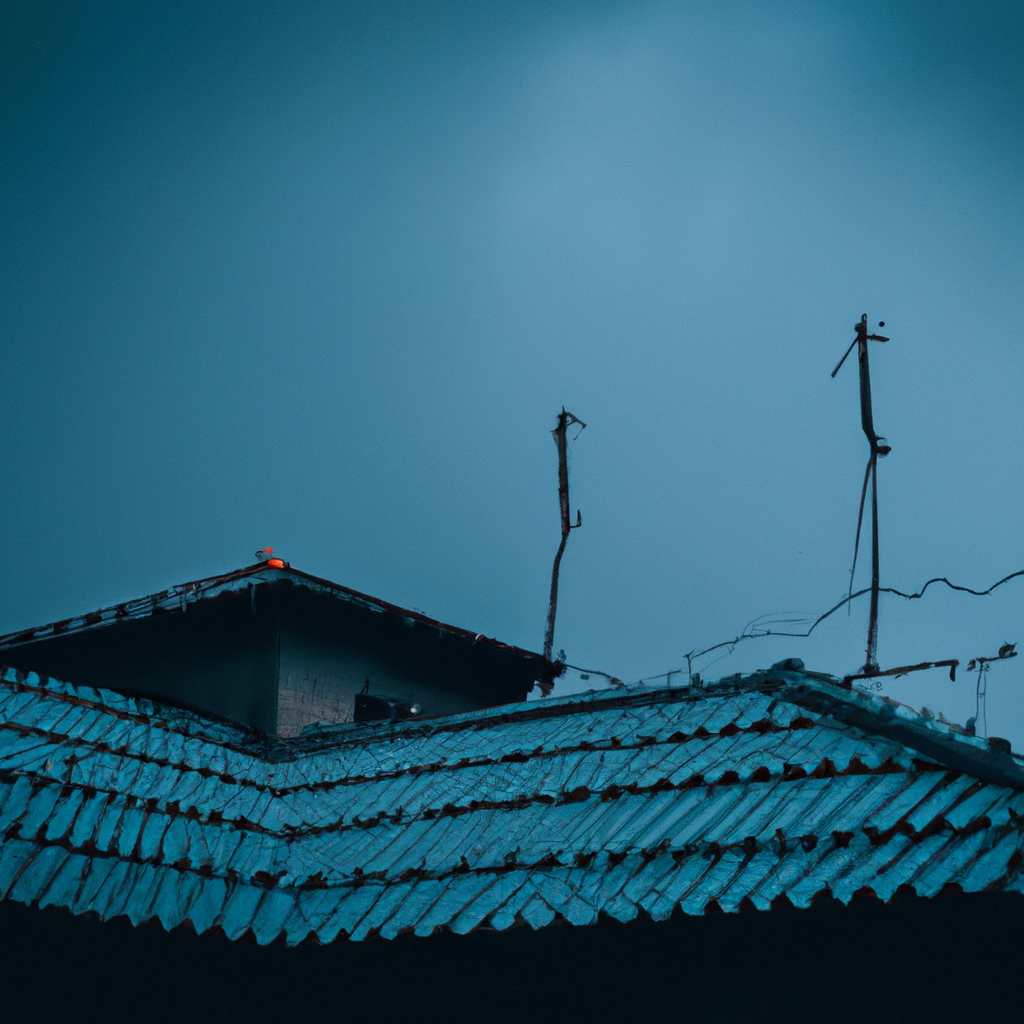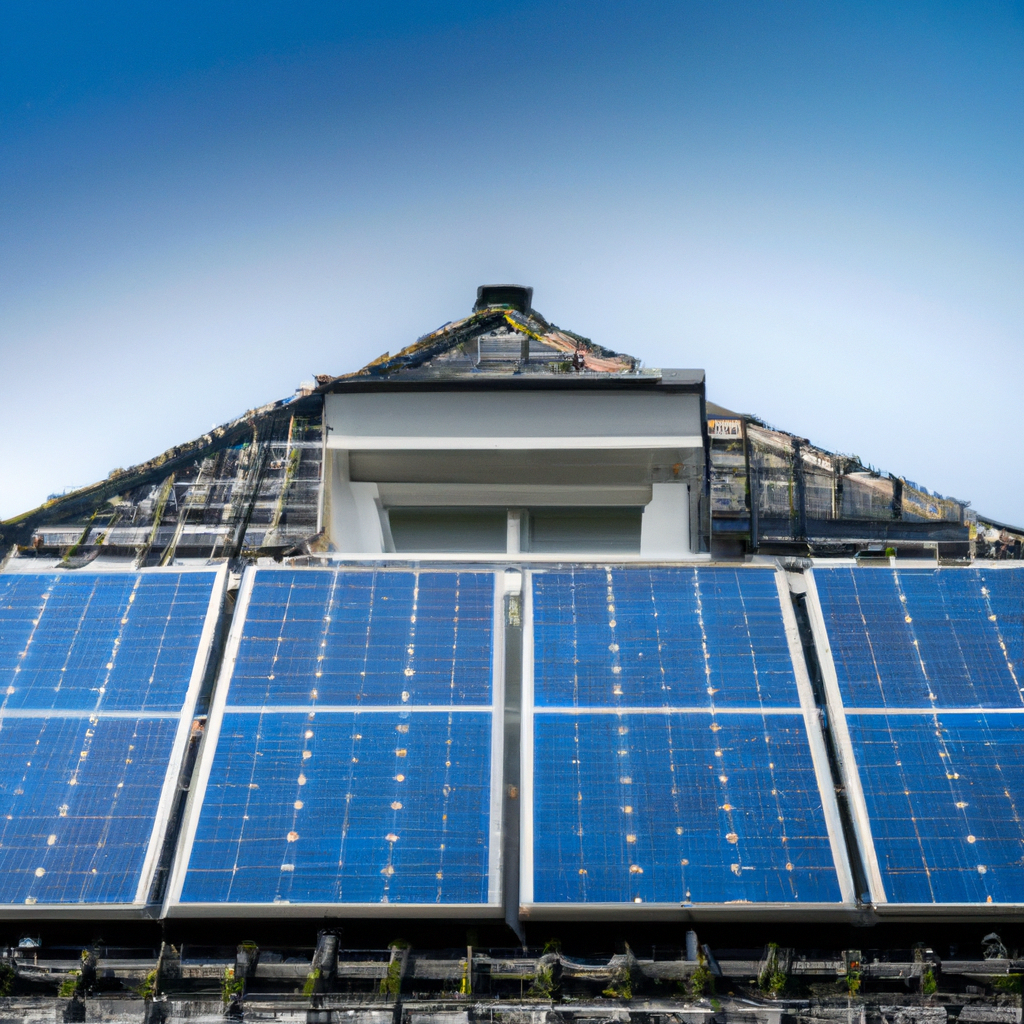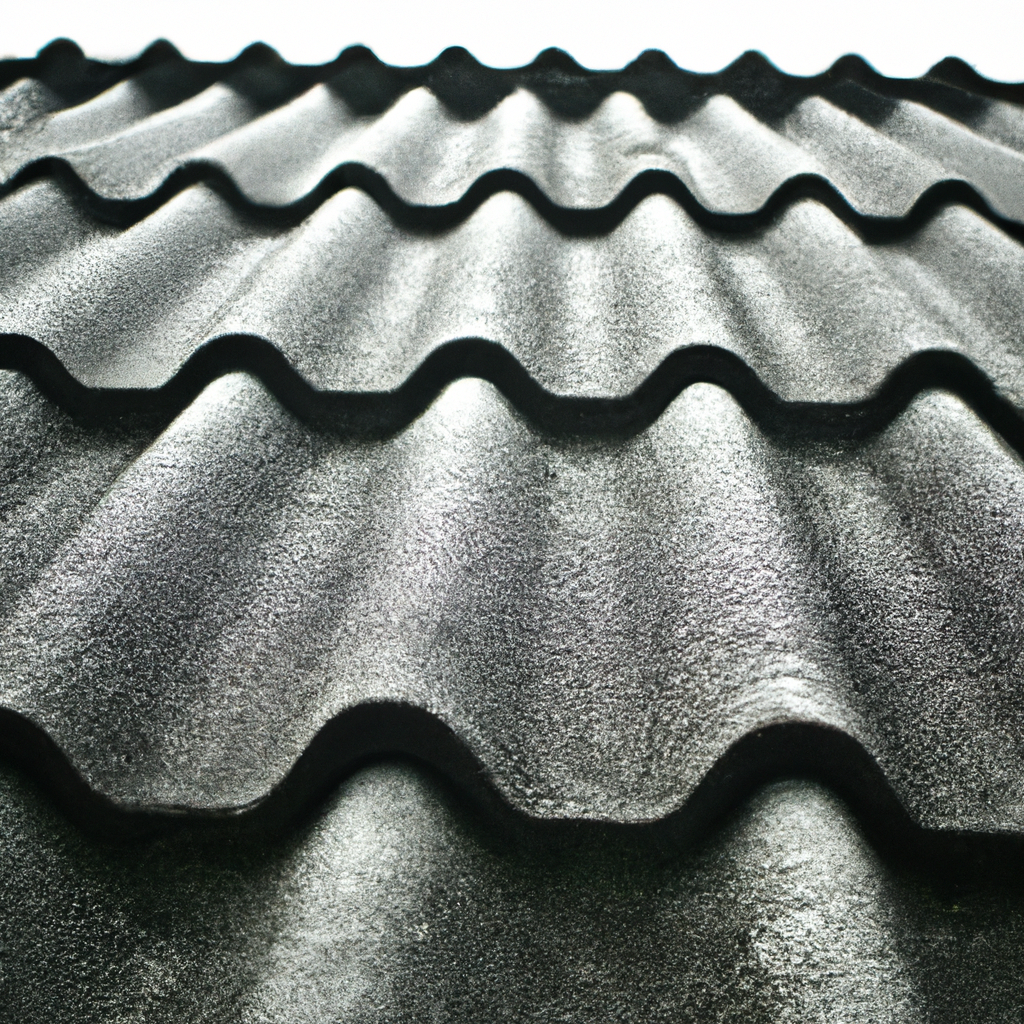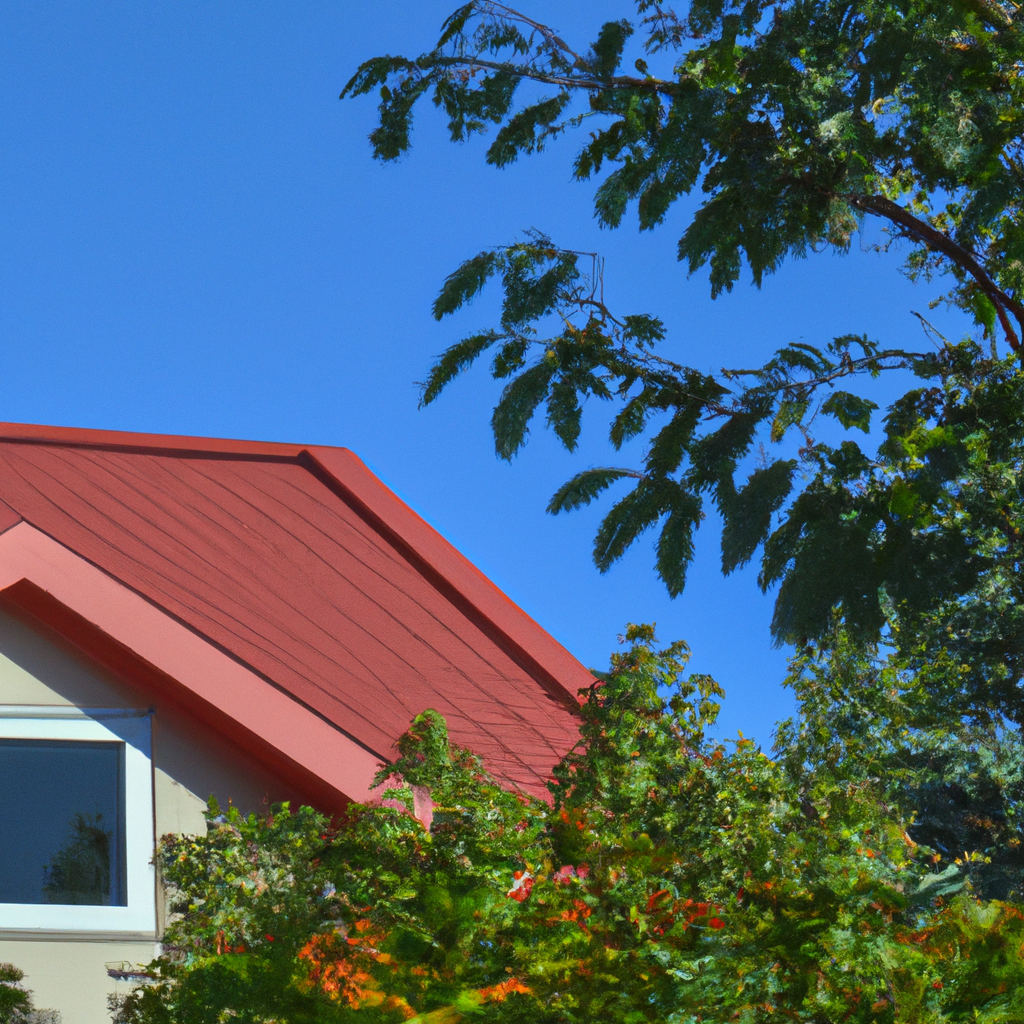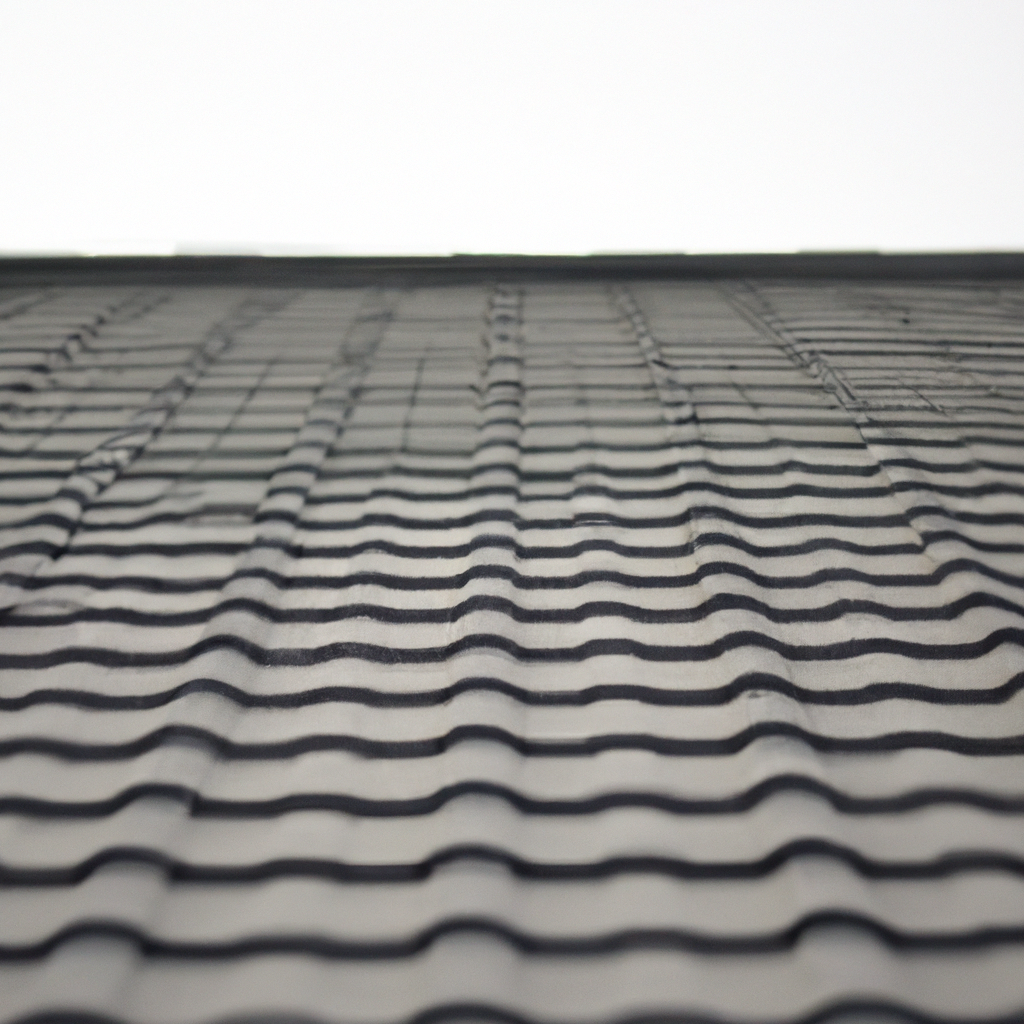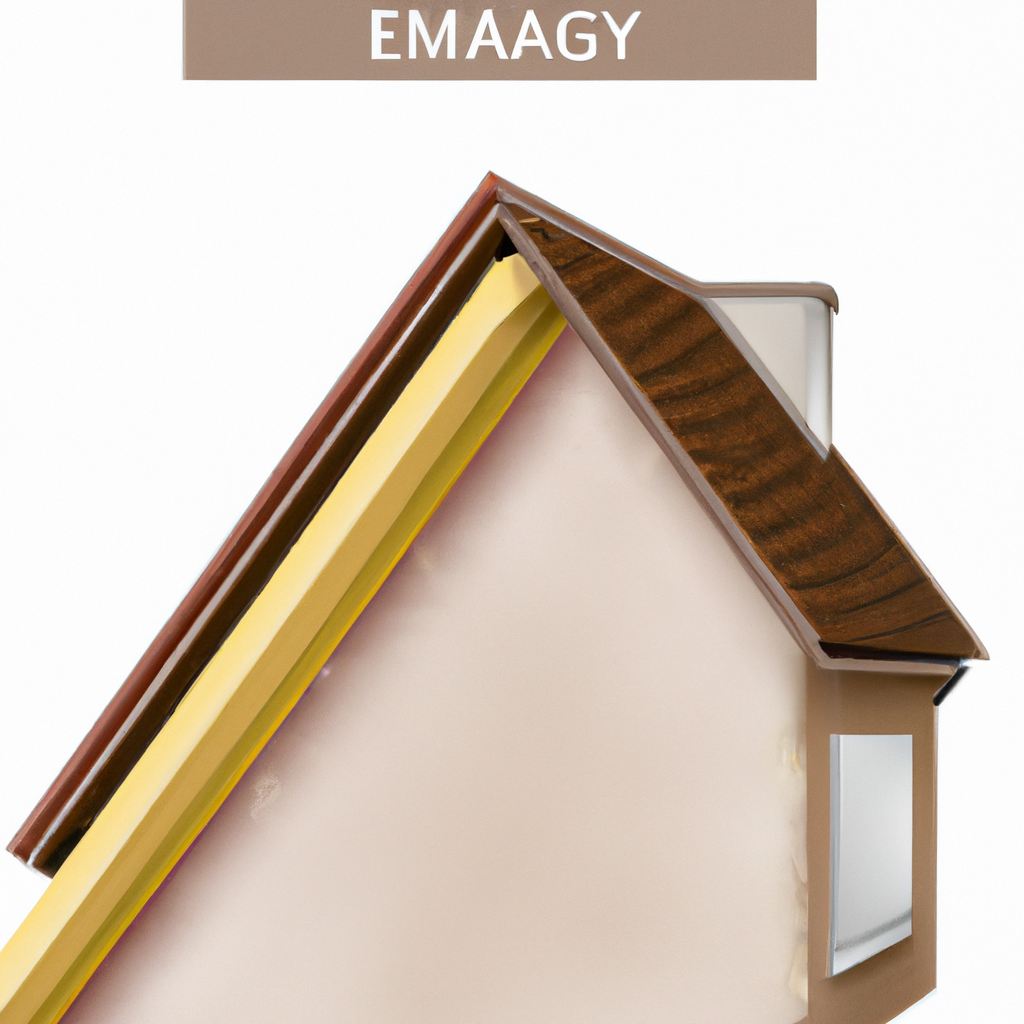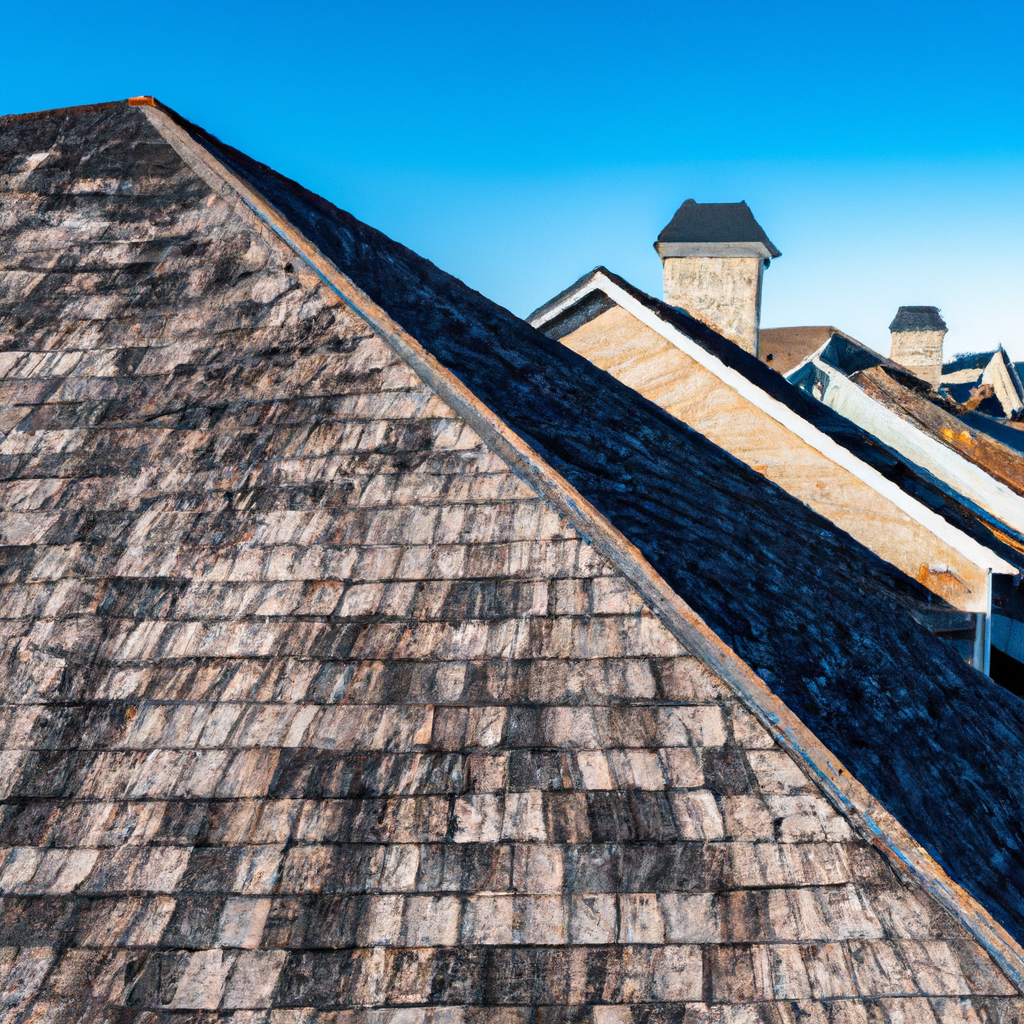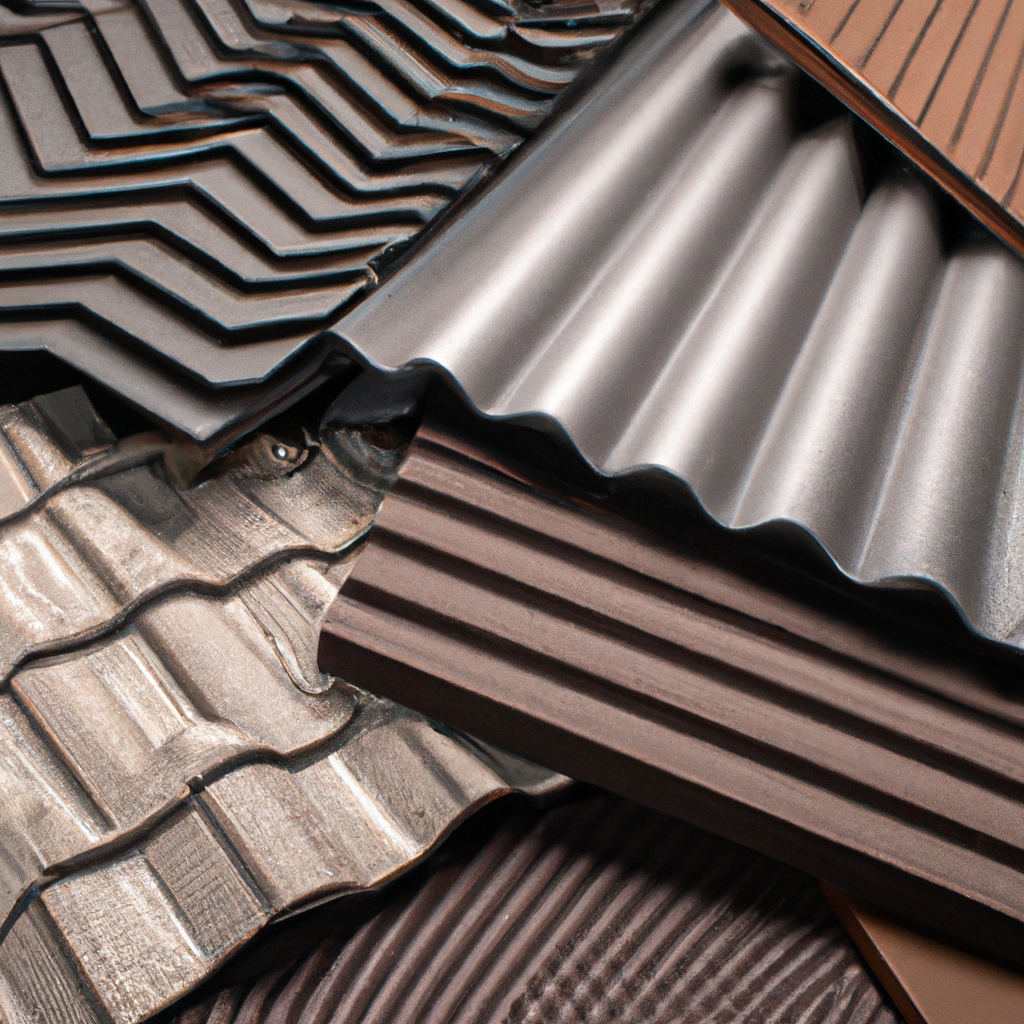Rainwater is a common problem that affects your roof in various ways. From loosening the tiles to creating bare spots, stagnant water, and damaging the foundation of your home, heavy rain can cause several devastating effects on your roof. In this article, we will discuss the causes, effects, and prevention of rainwater on your roof.
What Causes Rainwater Damage to Your Roof?
Several factors contribute to rainwater damage to your roof, including:
1. Loose Tiles
Loose tiles are a common cause of rainwater damage to your roof. Heavy rain can loosen the tiles and cause them to fall off completely, creating bare spots on your roof that allow water to run freely into your home and cause extensive water damage [1].
2. Hail Damage
Hail can cause severe damage to your roof. When the rainwater freezes in extremely cold weather, it takes the form of snow or hail. When it falls over the roof’s surface or shingles, it breaks or bends it, causing million-dollar damage every year [4].
3. Ponding Water
Ponding water on the roof can indicate a problem with draining, which can have major, costly consequences. Standing water on a flat roof could cause sagging, increased leaks, the growth of plants and moss, and faster deterioration of roofing materials in the water [5].
4. Snow Accumulation
Snow accumulation on the roof can create unnecessary down-bearing pressure on the structure, leading to bowing and damage to the roof [6].
What Are the Effects of Rainwater Damage on Your Roof?
The effects of rainwater damage on your roof are many and varied. Some of the effects of rainwater damage on your roof include:
1. Water Damage
The primary effect of rainwater damage on your roof is water damage to your home. Water can cause extensive damage to your home’s interior, including mould, mildew, and structural damage [9].
2. Structural Damage
Rainwater damage to your roof can also lead to structural damage to your home’s foundation. When the water seeps into the ground around your home, it can crack the foundation, allowing water to leak in and create a damp or wet basement. The dampness in your basement will attract mould and mildew, along with termites and carpenter ants [9].
3. Reduced Property Value
Rainwater damage to your roof can also lead to a reduced property value. If the damage is severe, you may need to replace your entire roof, which can be a costly and time-consuming process.
How Can You Prevent Rainwater Damage to Your Roof?
Prevention is the key to avoiding rainwater damage to your roof. Some of the ways to prevent rainwater damage to your roof include:
1. Regular Inspection and Maintenance
Regular inspection and maintenance of your roof will ensure that drains are clear before storms ensue. Checking the roof and drains after a storm is also advised. If ponding water is a perpetual problem during periods of heavy rain, your roofing contractor can recommend solutions to correct the issue [8].
2. Proper Installation
Proper installation of your roof is crucial in preventing rainwater damage. Make sure that your roof is installed correctly by hiring a professional roofing contractor with years of experience.
3. Regular Cleaning
Regular cleaning of your roof can also prevent rainwater damage. Remove debris, leaves, and other materials that can accumulate on your roof, causing clogging and ponding of water.
4. Rainwater Harvesting
Rainwater harvesting is an eco-friendly measure that can prevent rainwater damage to your roof. Collecting rainwater in large storage tanks during the rainy season can reduce floods in low-lying areas and prevent soil erosion and contamination of surface water with pesticides and fertilizers from rainwater run-off, resulting in cleaner lakes and ponds [10].
5. First Flush Diverters
First, flush diverters intercept the first roof runoff and prevent it from entering your rainwater tank in two ways, allowing you to collect cleaner rainwater. The first rain after a dry spell washes some of the accumulated dust and bird droppings off your roof and into your rainwater tank, which accumulates as sediment in the bottom of the tank and lessens the quality of the water. First, flush diverters intercept this runoff and prevent it from entering your rainwater tank [7].
Conclusion
In conclusion, rainwater damage to your roof can be devastating, but there are ways to prevent it. Regular inspection and maintenance, proper installation, regular cleaning, rainwater harvesting, and first flush diverters are some of the ways to prevent rainwater damage to your roof. If you notice any signs of rainwater damage to your roof, contact a professional roofing contractor immediately to prevent further damage and keep your home safe and dry.


